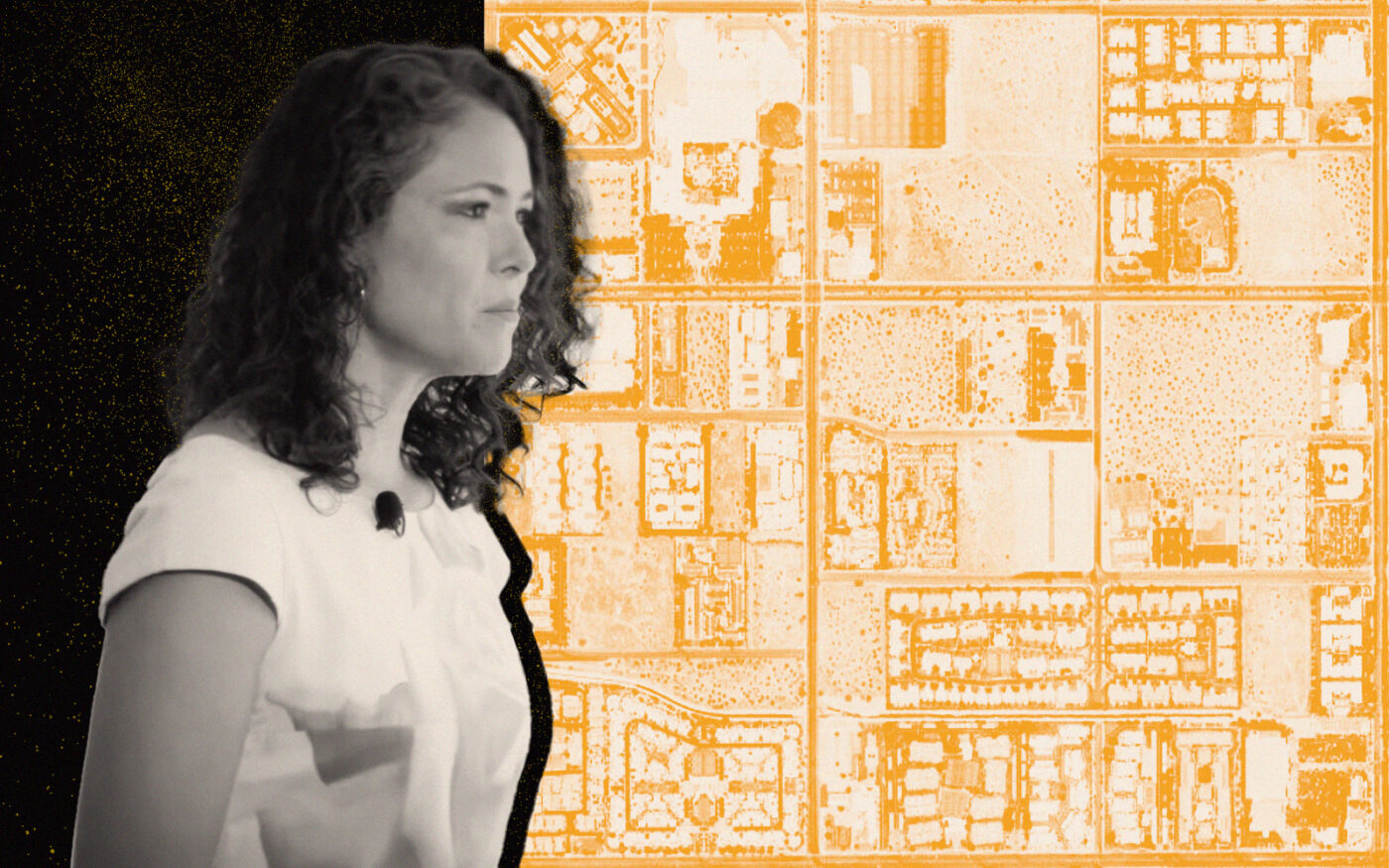
Trending
Minority families kicked out of Palm Springs neighborhood seek $2.3B
A half century ago, houses were bulldozed on an Indian-owned tract called Section 14

More than a half century ago, the city of Palm Springs booted more than 2,000 Black and Latino families off Indian-owned land targeted for redevelopment. Now those families seek $2.3 billion in reparations.
Former residents of a mile-square neighborhood known as Section 14 bulldozed and burned in the 1960s at the behest of a local Indian tribe say the city owes them nearly $1.2 million per family for their displacement, the Associated Press reported in the Riverside Press-Enterprise.
While the Palm Springs City Council voted in 2021 to issue a formal apology for the city’s role in the destruction, the former residents say that is not enough.
The $2.3 billion amount was disclosed this week at a meeting attended by experts such as Cheryl Grills, a member of the state’s reparations task force studying redress proposals for African Americans.
It’s part of a growing push by Black families to seek compensation and restitution from local and state governments for harms suffered from discriminatory policies since the end of slavery.
California’s statewide reparations task force is evaluating how the state can atone for policies like eminent domain that allowed governments to seize property from Black homeowners, plus the redlining that restricted where Black families could live.
Palm Springs officials expect to work with a “reparations consultant” to decide whether and how to compensate the families displaced from the area, Amy Blaisdell, a spokeswoman for the city, told the wire service in an email. The council may take it up for a vote this month.
Areva Martin, a Los Angeles lawyer representing the families, filed a tort claim with the city in November alleging officials hired contractors to bulldoze homes in Section 14, then sent the fire department to burn the remains.
City officials said in response that they would work with former residents and their descendants to try to come up with a solution, Martin said. “There’s no evidence of the tremendous contributions they made to the city,” she said.
Julianne Malveaux, an economist and dean of the College of Ethnic Studies at California State University, Los Angeles, said the $2.3 billion figure accounts for the displacement of 2,000 families and the trauma caused to them.
Lisa Middleton, a City Council member and former Palm Springs mayor, said it was important to acknowledge the city’s role in displacing Section 14 residents.
“Our history includes some wonderful moments for which we have every right to be proud,” she said at a meeting. “But it also includes some moments for which we have every reason to be remorseful, to learn from those mistakes and to make sure that we do not pass those mistakes on to another generation.”
The story of displacement at Section 14 is more complicated than some people may realize, said Renee Brown, associate curator and archivist for the Palm Springs Historical Society.
Section 14, near Downtown, is at the heart of the Agua Caliente Band of Cahuilla Indians reservation, bordered by Sunrise Way, Indian Canyon Drive, Alejo Road and Ramon Road.
In the 1960s, the tribe wanted to open up Section 14, long home to minorities and low-income families, to developers. Hundreds of homes were demolished and burned, according to “American Indian” of the Smithsonian National Museum of the American Indian.
The city helped it clear the land over the course of more than a decade, Brown said. “The city could never have gone on that land and done anything,” she said, without “tribal permission.”
The Agua Caliente tribe did not respond to requests for comment from the Associated Press.
— Dana Bartholomew
Read more







